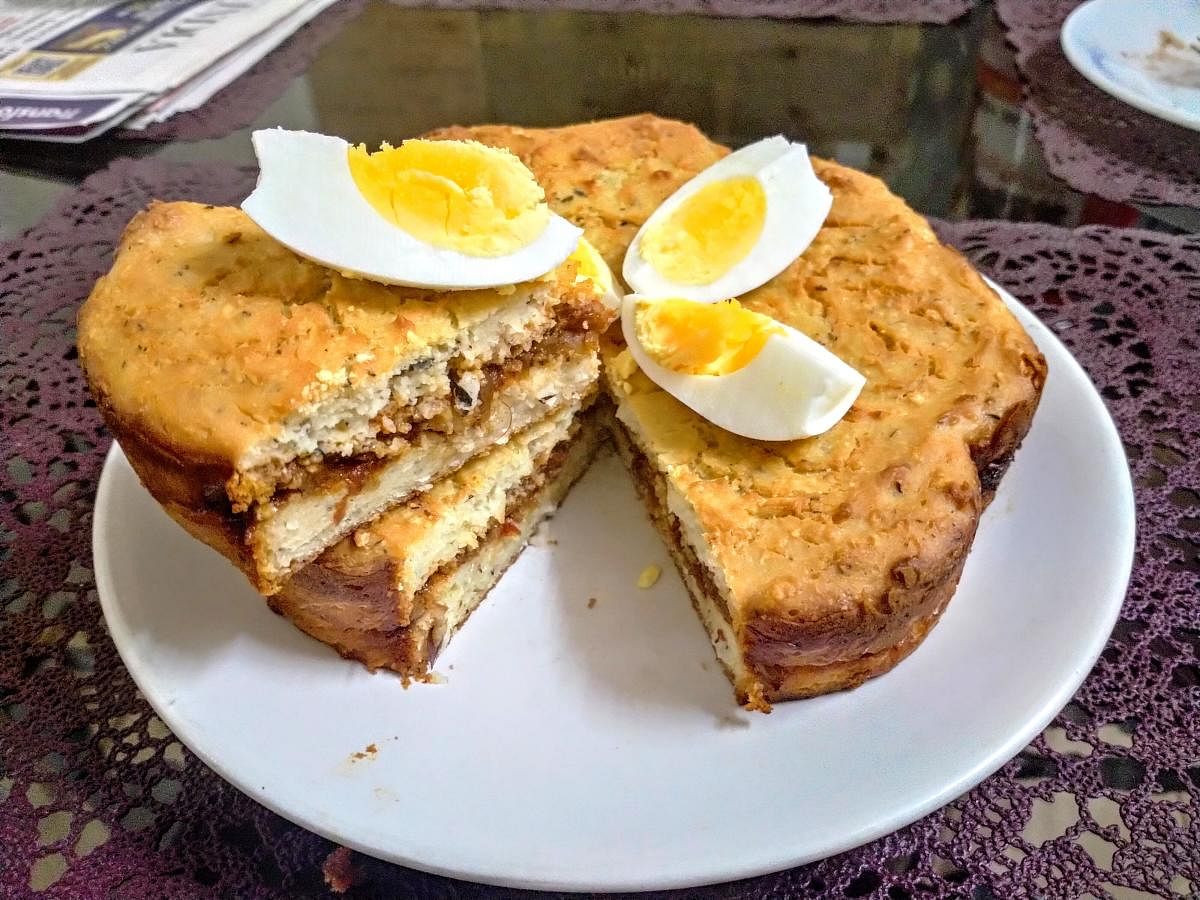

While one automatically begins to associate the ongoing festive season with sweets and goodies of all kinds, it is somehow the decadent Christmas cake that tops the list. For eons, this rich, plum and rum-based cake with a dense, moist texture and a dark caramel hue has been the benchmark for what a festive treat should look, feel and taste like.
A close cousin of the steamed British plum pudding, this baked confection is almost the ‘gold standard’ for what a Christmas treat should be like. But still, like it or not, it is western colonial, with very little to do with India — both in terms of its ingredient list and baking technique. Thankfully, here in India, unbeknownst to many, we too have a neat little cache of purely indigenous, shuddh desi cakes that you may want to include at your Christmas dinner or New Year’s Eve bash. And we’re not just talking of the sweet variety, what with some being made with interesting ingredients like lentils and even one with prawns! Here’s our pick of a few:
Allahabad cake
A close cousin of the traditional Christmas cake, this Indianised riff sees local ingredients like Agra ka petha (sugared pumpkin) take the place of candied peel and tutti-frutti. The same goes for ghee (in lieu of butter). It also has a sprinkling of spices like sonth (dried ginger powder) and javitri (mace) among others. One of the best places to try this very Indian cake is at Bushy’s on Kanpur Road in Allahabad. This modest 60-year-old little bakery still makes a scrumptious Indian version of a traditional fruit cake using nutmeg, saunf (fennel seeds), cinnamon, caraway seeds, ghee and marmalade that is sourced from Loknath ki Galli, Allahabad’s Food Street.
Mawa cake
Mostly made in a cupcake form, this one is as Indian as a cake can get! Dried whole milk, also called khoya or mawa is the chief ingredient of the moist, eggless cake that’s studded with cardamom seeds. One is most likely to find this cake at the Irani and Parsi bakeries of Mumbai and Pune, like Merwan’s and Sassanian Bakery.
Bhaat cake
Very similar to a Middle Eastern basbousa, bhaat cake is a Goan speciality that is the sum of its salted butter, eggs, semolina and desiccated coconut parts. A doppelganger of the bhaat is the East Indian thali sweet that uses an additional ingredient in the form of almonds ground in rosewater.
Vivikum cake
Just like the Allahabad cake, this one too is not just purely indigenous but also named after a city. Yes, also known as the Pondicherry cake, the vivikum cake is prepared by Puducherry’s Franco-Indian Christians for Christmas. But that’s not to say that one can’t savour it all year round. Just drop into bakeries such as La Boulangerie and Baker Street in the French Quarter of the city for a sampling of it.
Made with ghee, eggs, semolina, nuts, brandy-soaked raisins and zesty lemon peel, it is the alcohol in the cake that helps lengthen its shelf life. Often enough to see it last through the first few weeks of the New Year, even!
Handvo/Handva
This purely vegetarian savoury cake has iterations in both Gujarat and Rajasthan. Gujarati handvo is made with wheat flour, sesame seeds, lentils and often contains a bottle gourd filling. Usually steamed in a special handvo cooker, for convenience, it is often baked in an oven or even pressure-cooked. Eaten mainly as a traditional nasto (snack) item for breakfast or afternoon tea, handvo is always served with a chutney. With the sweet papaya one being the most common. Called handva, the Rajasthani version uses a whole lot more vegetables like carrots, peas and cabbage that are mixed with gram flour and garam masala and steamed or baked.
On the savoury side...
Apa de camarao
Made with scraped fresh coconut, rice flour, jaggery, yeast and eggs, the Apa de camarao — literally meaning “cake of prawns” — gets its name from its crustacean filling. A tangy, mildly spiced pre-cooked prawn reichado masala is smeared onto half of the semi-baked, coconut-rice flour batter, while the cake tin is still in the oven. The reichado is then covered with more batter and baked till the cake is fully done and golden brown. The prawn filling acts as a perfect savoury foil to the slightly sweet, spongy coconut cake layers, making the combination an irresistible one, all topped with boiled egg quarters.